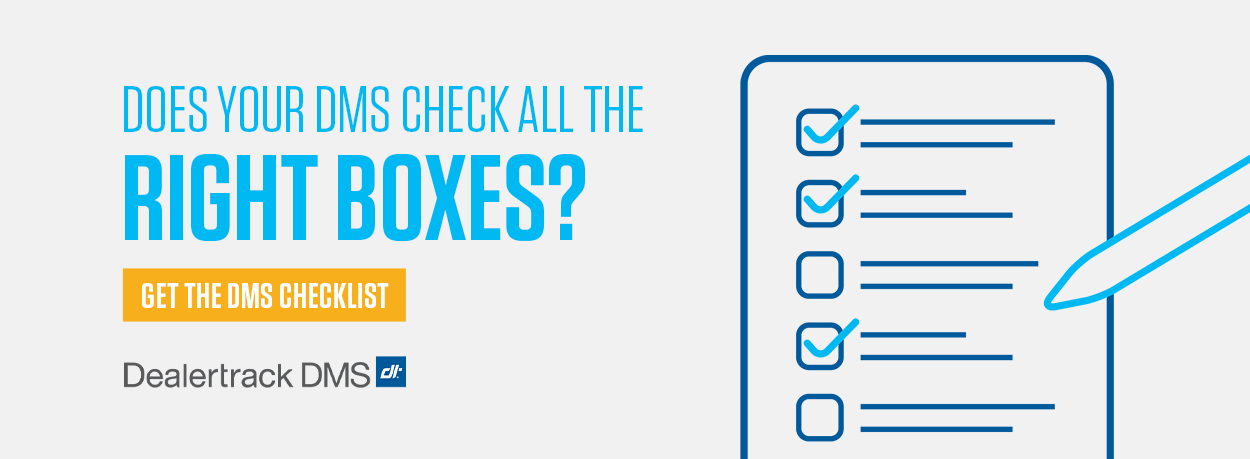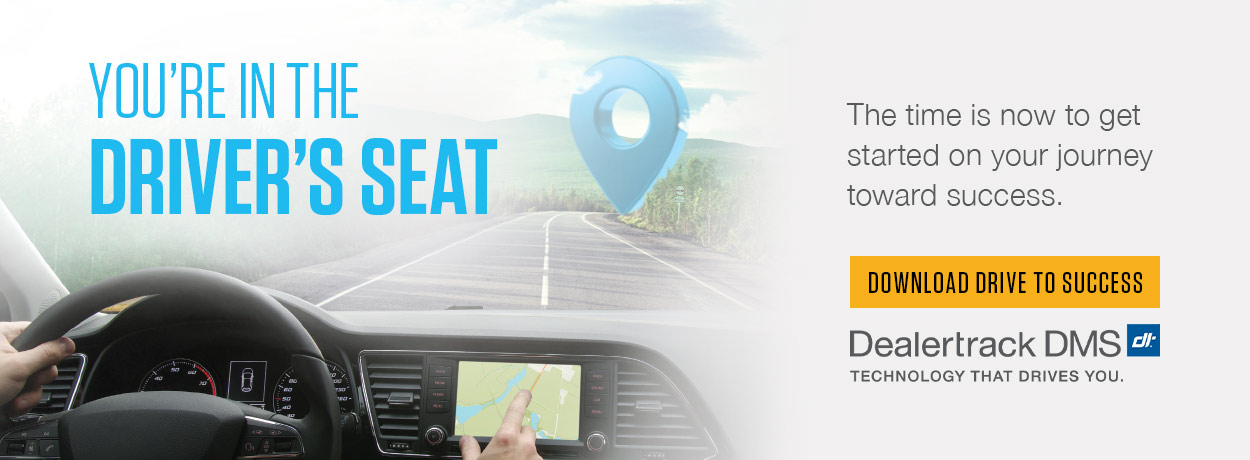A version of this article originally appeared on Hireology here.
BY BETH KEMPTON | HIREOLOGY
Following widespread closures as a result of COVID-19 stay-at-home orders, dealerships across the country are gradually reopening as states ease social distancing mandates. While many service centers—deemed essential businesses—remained functioning over the past eight to twelve weeks, due to a lack of foot traffic, public concern about the economy, and a growing uncertainty of the pandemic’s impact, many dealerships were still forced to make unfortunate cuts to their staff.
As your dealership gets back up and running, your employees are your top differentiator and will help you drive customer service and profit long-term. And in today’s digital-first world – with consumers completing most of their car buying research online – your employees are the only thing standing in between customers and a final purchase. If your customers have a poor experience with your employees, they won’t hesitate to buy their next vehicle elsewhere.
Below, we’ve outlined some dealership hiring steps you can take to staff for success, whether you’re looking to bring back former employees or need to attract a new pool of talent to drive results at your dealership.
Win Back Your Top Former Employees
One option for dealership hiring to support reopening plans is tapping into former employees, especially any top performers you had on staff before the pandemic. But bringing back previous employees isn’t as simple as reaching out and saying their jobs are available again.
Some employees hesitate to return to your dealership due to concerns about facing layoffs in the future, or because they’ve mentally moved on and want to start fresh in a new role. For others, they might have already found a new role at another organization in the meantime.
As an added challenge for dealerships and other businesses across industries, many employees who were laid off as a result of the pandemic stand to earn more money on unemployment for the time being than they do when fully employed. While the $600 a week unemployment bonus won’t be in place indefinitely, you still need to put in extra effort to win back former employees and remind them of the benefits and opportunities of working for your dealership.
When reaching out to past employees with your dealership hiring plans, reiterate the benefits your dealership offers – such as vacation time, retirement benefits, professional development reimbursement, community involvement, career paths and more. Also remind these employees that returning to your dealership will enable them to jump right back into work, rather than started over entirely at a new organization.
In addition to your dealership’s benefits, be transparent with employees you’d like to bring back about any changes your dealership is making to adapt to the new normal as a result of the COVID-19. Highlight any safety, training and sanitation measures you’ll have in place to keep both employees and customers safe and healthy.
Also consider rethinking your commitment to work-life balance given these unusual circumstances, and communicate any updates to employees you’re hoping to bring back. Given the impact of the pandemic, many people who are eager to get back to work also have family commitments – such as caring for children who are out of school or checking in on older relatives – so they will be looking for job opportunities with employers who are empathetic to these personal priorities.
As you get in touch with past employees, let them know of any ways in which their day-to-day roles might change, beyond standard safety and sanitation procedures. For example, as dealerships shift toward digital retailing to meet consumer demands, your sales roles might become more consultative, rather than focused on negotiation. And in some cases, customers will expect more personalized service than ever before, such as having a car delivered to their homes for test driving. If your past employees aren’t qualified or willing to adapt to these changes moving forward, they might not be the right fit for your dealership’s future success.

Rethink the Roles You Need to Succeed
While some of your dealership’s prior employees might have the skills and motivation needed to adapt to the fast evolving world of automotive digital retailing, not all of them will be a fit for your team in the long run. For example, some of your all star sales consultants might have been great negotiators but don’t have what it takes to focus more on the customer experience than negotiation as more dealerships have set pricing.
While you can’t bring back all your former employees – either because they choose not to return or because they’re no longer a fit for your dealership – you can shift your dealership hiring strategy to attract a new set of talent. With millions of new job seekers now in the market, now is your dealership’s chance to attract motivated candidates from outside the retail automotive industry.
In your job descriptions and on your career site, make sure not to limit your potential talent pool to job seekers who have direct dealership experience. If you’re looking to fill a sales role, instead of requiring 3-5 years of dealership sales experience, for example, seek out prospective applicants who are motivated by driving results and customer service-oriented.
Given the shift to digital retailing, your dealership has the opportunity to reach job seekers who might not have previously been interested in working for a dealership. While many job seekers were wary of working for a dealership in the past, due to the risk and uncertainty of high-commision sales roles, digital retailing enables many dealership sales staff to have more reliable income.
Take AutoNation, the largest new vehicle retailer in the U.S., for example. The dealership group offers its sales team a base salary plus bonus plan and offers customers simple, straightforward pricing, so dealership sales staff can focus more on providing an exceptional customer experience rather than high pressure sales tactics.
The focus on digital retailing means your dealership can now attract job seekers who might have been looking for sales roles in other industries – such as with major technology companies.
To ensure your dealership hiring efforts attract the right employees who will drive success through digital retailing, make sure to rethink your hiring process as well. Evolve your interview questions to cover more about the customer experience than traditional sales responsibilities. Also update your employee skills tests to ensure you’re targeting the right skills for the shift to digital car sales.
While digital retailing already saw significant growth in recent years prior to COVID-19, the pandemic led to a significant shift in the retail automotive industry and the sales process will likely never be the same. By focusing on bringing back former employees and attracting a new set of talent who can meet the needs of digital retailing, your dealership will be set up for long-term success. For additional tips on effectively attracting qualified talent at your dealership, read our Career Site Playbook.

A version of this article originally appeared on Hireology here.



















